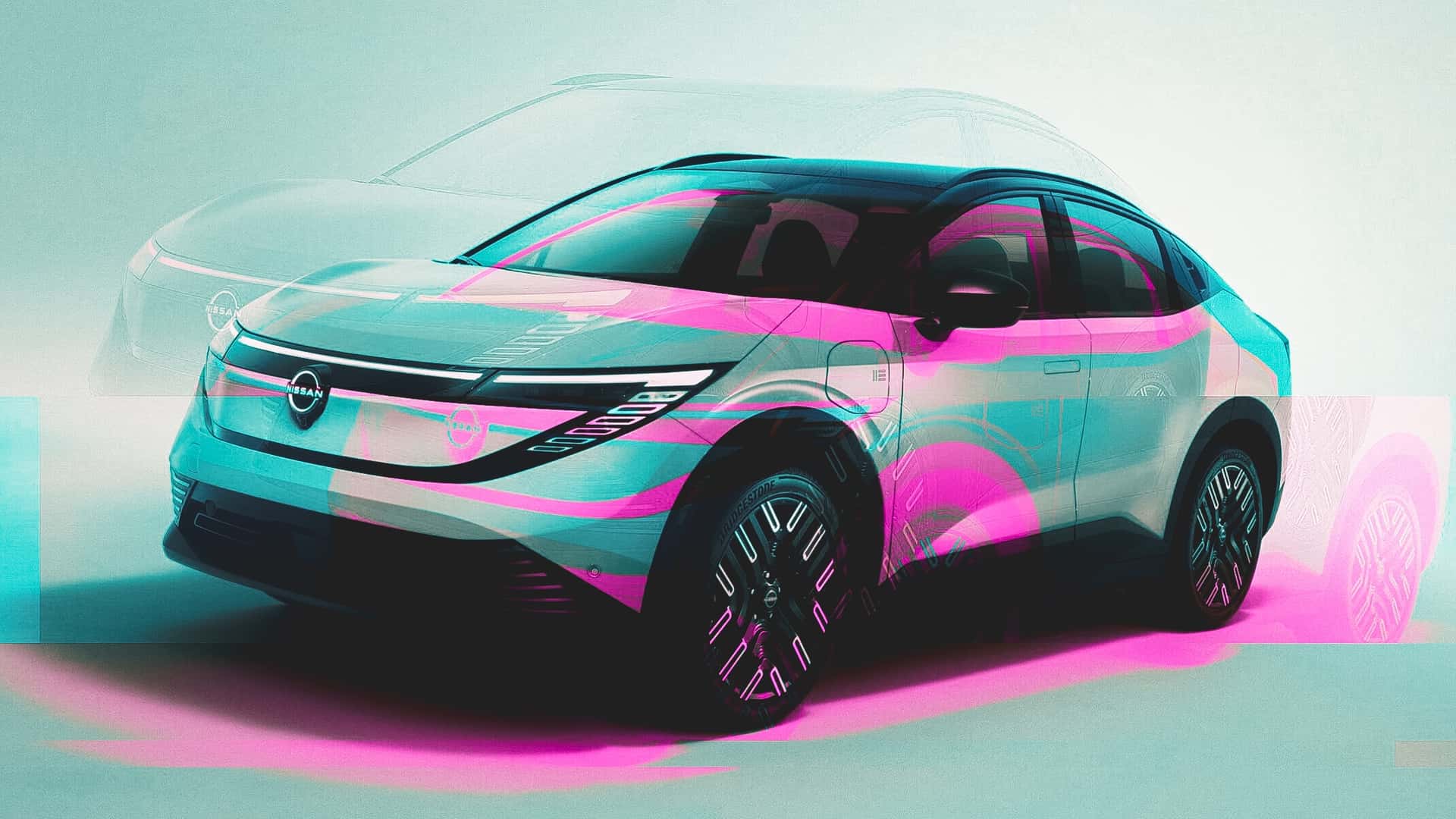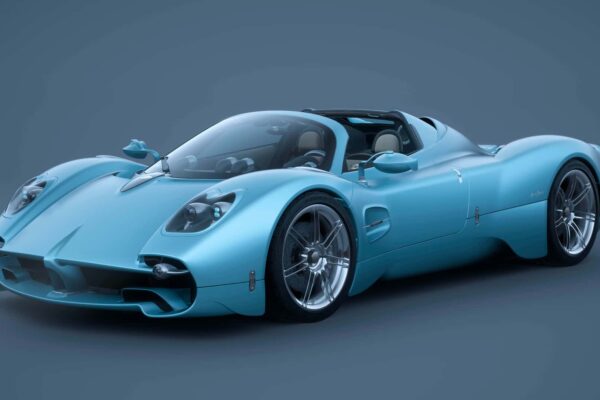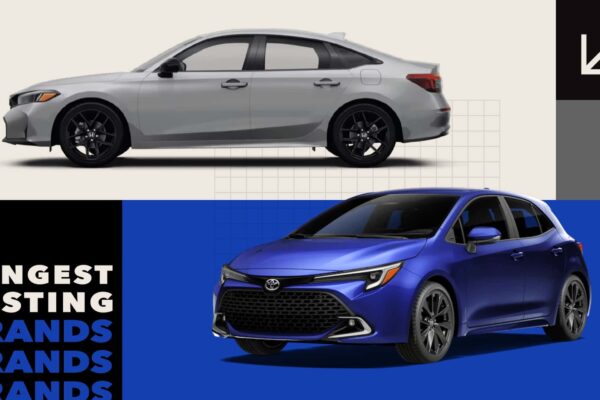Electric cars are radically different from combustion-powered cars. Yes, both types of vehicles transport people, but that’s like comparing a wood stove to an induction stove. Or telegraph to smartphone.
Both can cook food and transmit messages, but they are very different in how they accomplish those tasks, which has radically changed the way we choose to cook and communicate today. Can you imagine modern truck life with wood stoves and no Wi-Fi?
Electric cars mark a similar shift. The benefits of batteries and electric motors should completely change the way we think about cars, because in many cases, the cheapest iteration is often the best version you can buy.
Take the new one Nissan leafFor example. Pricing for the 2026 Leaf starts at $31,485 — right now — and will have a range of 303 miles. Step up to the mid-range, which comes with an extra package and fancier wheels, and you’ll pay more, but you’ll also get less range — $35,725 for 288 miles. Upgrade to the top Platinum+ trim, which I recently drove, and you’ll pay more for less — $40,486 for 303 miles.
It’s not just a problem for the paper. It’s a result. Tesla Model 3, Ford Mustang Mach-E, and Hyundai IONIQ 5 You also suffer from this – the more expensive an electric car is, the less range it has.
Photo by: Nissan
The features we love about modern cars — like heated seats, supple leather, big screens, and connectivity — are now a liability. Not only do we have to pay real money for extra features, this often results in an inferior electric car.
It should come as no surprise that high-performance, high-priced electric cars are struggling. Automakers face an endless loop of adding more power, which reduces range. This requires a larger battery, which increases weight. This requires more power, and only inflates the price without any real benefit in performance.
It’s an unlikely calculation, but one that could greatly benefit consumers and enthusiasts if automakers are brave enough to exploit the technology, and accept the limits as an opportunity.
Instead of adding more power and larger batteries, high-performance EVs should focus on reducing battery size, reducing weight, and eliminating unnecessary features. Then, you’ll lower the price and increase the fun.
Colin Chapman would be proud.
Not only do we have to pay real money for extra features, this often results in an inferior electric car.
The Nissan Leaf I drove was attractive, a great example of a slow car that’s fun to drive fast. It’s fast under the 50 mph mark and can dart from stop lights and make the sound of tires coming off a roundabout.
The soft suspension and lackluster steering saps some of that fun — it’s a family crossover, after all — but it provides low-speed, fairly safe everyday fun, so many of us complain it’s no longer there.
Affordable sports cars are disappearing, and sales remain very low. The cheapest car you can buy today is the Mazda Miata, now priced at $30,000, and highly impractical. The practical performance option, the Volkswagen Golf GTI, now starts at $35,000.
That’s not a price the average 20-something car enthusiast can easily afford.
Photo by: Hyundai
Cars are becoming increasingly expensive. Loan terms have expanded in length along with MSRP inflation. It’s hard not to see cheap, low-range EVs as a potential solution to rethink how we treat these vehicles when they’re so expensive in their current form.
If Nissan halved the size of the $30,000 Leaf’s battery, gave it a 150-mile range, pared it down to just the basics, and left output unchanged — 214 horsepower and 261 pound-feet of torque — it would be a better, cheaper electric car.
Yes, range anxiety is a real concern, and America’s charging infrastructure is subpar, but the average person drives less than 50 miles a day. It would be great if more electric vehicle options catered to this lifestyle.
A smaller battery will also charge more quickly.
It’s hard not to see cheap, low-range EVs as a potential solution to rethink how we treat these vehicles when they’re so expensive in their current form.
Electric cars will never be able to capture the thrill of a Porsche V6 or the sound of a Ferrari V-12 — and there’s no argument against that. But with affordable sports cars disappearing, those of us who want something cheap and fun are left wanting.
Many entry-level cars today pair a naturally aspirated four-cylinder engine with a soulless CVT transmission. Electric cars aren’t full of personality, and the Leaf is missing, but I’d rather have the power of an electric powertrain than the drone of a typical Toyota Corolla if I were spending my own money.
What other options do enthusiasts have left?



